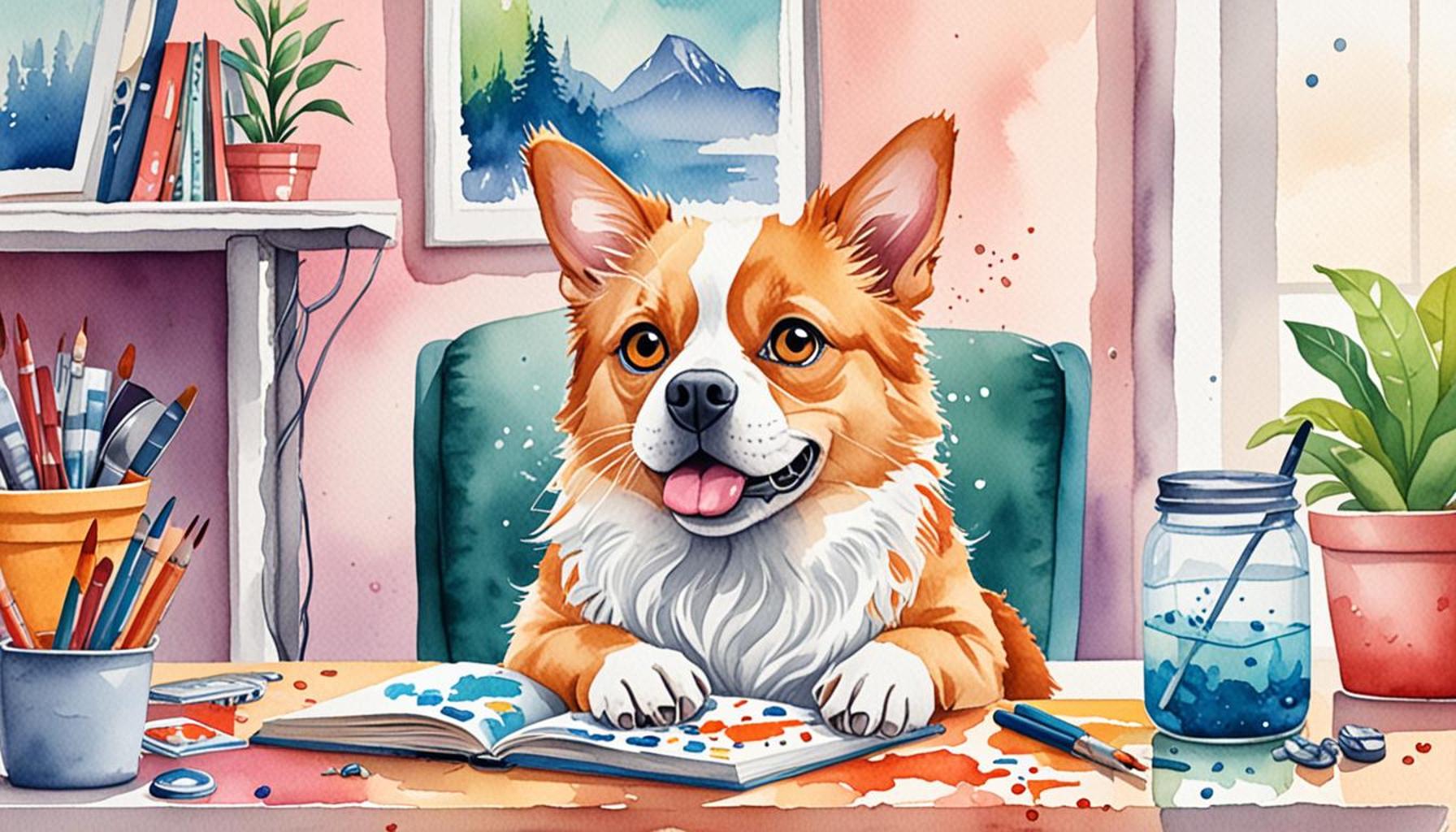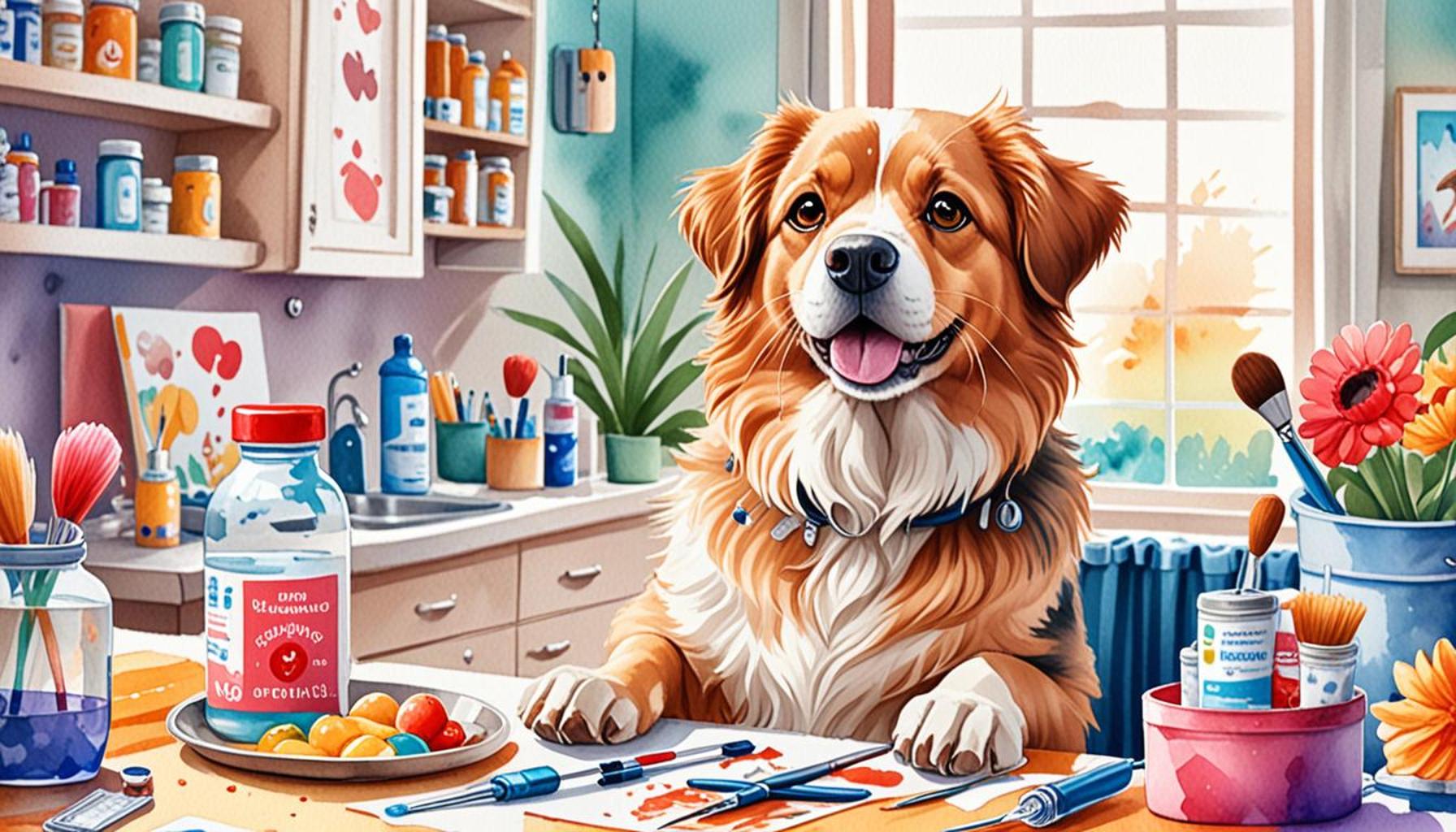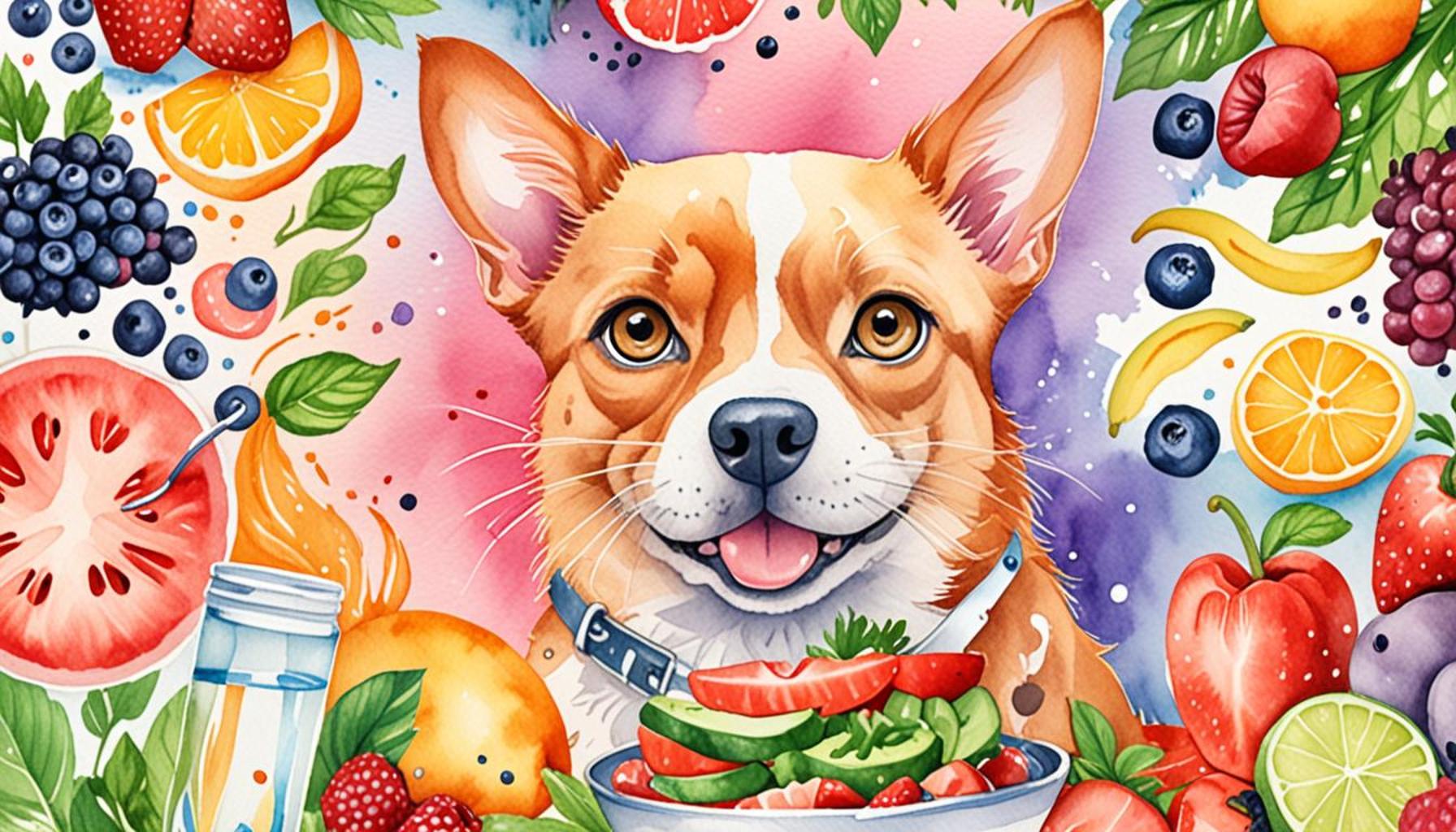How to Create a Safe and Healthy Environment for Your Pet

Creating a Safe and Healthy Haven for Your Pet
Your furry friends deserve a space where they can thrive. Ensuring a safe and healthy environment for your pet not only enriches their lives but also promotes their well-being. It’s essential to be mindful of various factors that can impact their health and happiness.
Here are key areas to consider:
- Safe Spaces: Providing secure areas in your home allows pets to retreat when they feel anxious or overwhelmed. For example, creating a designated pet nook complete with cozy blankets, toys, and their favorite spots to lie enhances their comfort. A crate or specific room can serve as a safe haven for pets who need a quiet space to recharge, especially during busy household activities.
- Toxic Substances: It’s vital to identify and remove harmful plants or chemicals that could pose risks. Common household plants like lilies, philodendrons, and certain ferns can be toxic to pets. Furthermore, cleaning supplies, antifreeze, and pesticides should be stored securely out of reach. Utilizing pet-friendly cleaning options can reduce the risk of accidental ingestion, ensuring that your pets roam freely without hazards.
- Nutrition: Feeding balanced meals tailored to your pet’s needs is crucial in maintaining their health and energy. Consult your veterinarian to choose the right diet based on your pet’s age, breed, and medical history. Brands like Blue Buffalo or Royal Canin offer specialized formulas tailored for different life stages, sizes, and health considerations. Remember, what works for one pet may not work for another; keep an eye on their weight and overall condition to make necessary dietary adjustments.
By taking a proactive approach, you can create an environment that minimizes risks and maximizes comfort. This entails choosing the right furniture—selecting durable, easy-to-clean materials that can withstand wear and tear from claws and spills. Furthermore, pet-proofing your home by securing loose wires, covering electrical outlets, and installing window screens are practical steps toward ensuring your pet’s safety.
Moreover, don’t underestimate the importance of regular veterinary check-ups. These visits can detect health issues in their early stages, allowing for timely interventions. Vaccinations, dental care, and parasite prevention are crucial aspects of your pet’s health plan.
Finally, becoming informed about your pet’s specific requirements paves the way for a happier, healthier life. Consider exploring various resources like local pet care workshops, training sessions, or veterinary seminars. Engaging with fellow pet owners through community groups or online forums can also provide insight into common issues and best practices for pet care, enhancing your knowledge and skills to better accommodate your beloved companion’s needs.

DIVE DEEPER: Click here to learn about positive reinforcement training
Understanding Your Pet’s Needs
To create a haven for your pets, it’s crucial to first understand their unique needs and behaviors. Each species, breed, and individual pet can have distinct preferences and requirements that contribute to their sense of security and well-being. As you embark on this journey to improve your pet’s environment, keep in mind the following essential areas:
- Exercise and Play: Regular exercise is fundamental to your pet’s physical health and mental stimulation. Dogs require daily walks and play sessions, while cats benefit from interactive toys and climbing structures to satisfy their natural instincts. Establish a routine that includes playtime to help relieve stress, enhance socialization, and prevent behavioral issues.
- Hygiene: A clean living space is vital for your pet’s well-being. Maintain a consistent schedule for grooming and bathing your pet, factoring in breed-specific grooming needs. Moreover, regularly clean their sleeping area, litter boxes, and feeding dishes to prevent the buildup of bacteria and pests. Not only does this support your pet’s health, but it also contributes to a more pleasant home environment.
- Socialization: Social interaction plays a significant role in your pet’s happiness. For dogs, this means introducing them to other animals and people. Cats can also benefit from socialization, whether with fellow felines or human companions. Gradually exposing your pets to a variety of environments, sounds, and social settings helps ensure they grow into well-adjusted, confident animals.
Creating spaces that cater to these needs can significantly enhance your pet’s quality of life. For instance, consider setting up an obstacle course in your backyard for your dog or a cozy window perch for your cat to observe the outside world. These simple adaptations not only provide enrichment but also encourage activity, helping to maintain a healthy weight and overall physical condition.
Moreover, be mindful of temperature and comfort. Pets can be sensitive to extreme temperatures. Ensure that your home remains at a comfortable temperature and provide access to shaded areas or warm spots, depending on your pet’s preference. Additionally, a high-quality bed can make a world of difference in your pet’s rest and recovery, further contributing to their health and happiness.
While establishing a safe and healthy environment is important, ongoing education and attentiveness toward your pet’s evolving needs should not be overlooked. Remaining observant of changes in behavior or health can alert you to underlying issues before they escalate. Consider keeping a journal of your pet’s habits and preferences, which can aid your veterinarian during routine check-ups. Understanding the signs that indicate stress, illness, or discomfort is crucial to ensuring a long, happy life for your furry companion.
Creating a safe and healthy environment for your pet involves more than just providing food and shelter; it encompasses a holistic approach that addresses their physical, emotional, and social needs. This second part of the article will delve into specific strategies and considerations that every pet owner should implement to enhance their pet’s quality of life.
Safe Living Spaces
First and foremost, ensure that your home is free from hazards. Pet-proofing your living space is essential; this includes securing electrical cords, removing toxic plants, and keeping harmful substances out of reach. Creating a designated area for your pet to play and relax can also provide them with a sense of security. Consider using pet gates to separate spaces or designating a comfortable corner for them to retreat to.
Safe Outdoor Exploration
If your pet enjoys outdoor activities, swimming spots and parks can be fun for them but must be approached with caution. Always supervise your pet during outdoor play and keep them on a leash in unfamiliar areas. Invest in a sturdy enclosure if you have a yard, providing your pet with a safe space to enjoy the fresh air without the risk of wandering off.
Health and Nutrition
Balanced nutrition is a cornerstone of a healthy environment. Consult with your veterinarian to determine the best diet for your pet’s age, breed, and breed traits. Clean, fresh water should always be accessible; hydroponic fountains, for instance, can encourage hydration and are also entertaining for pets. Regular vet check-ups will give you peace of mind about your pet’s health, alerting you to any potential issues before they escalate.
Emotional and Social Needs
Never underestimate the importance of your pet’s emotional health. Regular socialization with other pets and people can help reduce anxiety and encourage healthy behaviors. If you have a dog, enrolling them in training classes or joining local dog groups can aid in their social development. Additionally, mental stimulation through interactive toys or puzzles can keep your pet engaged and reduce destructive behaviors.Each of these considerations creates a more comprehensive and fulfilling living environment for your pet. The right approach not only keeps them secure but also enriches their lives, providing companionship and love that contributes to their overall wellbeing.
DISCOVER: Click here to learn how nutrition affects your pet’s lifespan
Maintaining a Safe and Supportive Home Environment
Once you have a keen understanding of your pet’s needs, it’s essential to look around your home and identify areas for improvement that can enhance safety and comfort. Beyond fulfilling basic requirements like food and shelter, there are several critical measures you can take to ensure your pet flourishes in a safe and healthy environment.
- Hazard Awareness: While many household items seem innocuous, they can pose serious risks to your pet. Common household items, such as certain plants, medications, and cleaning products, can be toxic or harmful. For instance, lilies, azaleas, and sago palms are extremely toxic to cats and dogs, while common household cleaners may cause gastrointestinal injuries if ingested. Investigate your home and remove any potential hazards. Utilize pet-safe products whenever possible, and consider placing childproof locks on cabinets that hold cleaning supplies or hazardous materials.
- Secure the Space: Ensuring that your home is securely pet-proofed is a vital step in creating a safe environment. Use gates to limit access to certain areas, secure loose wires to prevent chewing, and make sure windows and balconies are screened. If you have small pets like hamsters or rabbits, ensure that their enclosures are escape-proof and stable. Always check for small items that could be choking hazards, such as coins, rubber bands, or any small toys left lying around.
- Safe Outdoor Access: Outdoor time can significantly enrich your pet’s life, but it’s essential to do it safely. For dogs, consider constructing a secure fence that provides ample space to roam without risk of escape. A leash and harness are necessary gear for any outdoor excursions, minimizing the risk of running into traffic, escaping, or encountering aggressive animals. For indoor cats, providing access to a secure outdoor space, such as a catio, can allow them to experience the outdoors safely.
Regular Veterinary Care: One of the critical elements in maintaining a safe and healthy environment is ensuring your pet receives regular veterinary care. Schedule annual check-ups and keep vaccinations up-to-date. Not only does this help catch health issues early, but it also ensures your pet is protected against contagious diseases. Develop a relationship with your veterinarian, who can provide personalized advice on nutrition, behavioral issues, and preventative care specific to your pet’s breed and age.
Emergency Preparedness: In case of natural disasters or emergencies, a thoughtful pet emergency plan is essential. With unpredictable events like floods, hurricanes, or fires, having a plan in place can save your pet’s life. Assemble a pet emergency kit that includes essential supplies such as adequate food, medications, and a first-aid kit. Familiarize yourself with local animal shelters that welcome pets during such emergencies, and remember to include your pet’s identification tags and microchip details in the kit for quick identification if lost.
Investing time and effort into creating a nurturing environment for your pet is not just a commitment to their physical well-being but also a journey to ensure their happiness. By understanding their needs and making necessary adjustments in your home, you can facilitate a life full of love, health, and joy for your beloved companion.
DISCOVER MORE: Click here to enhance your pet training experience!
Conclusion
Creating a safe and healthy environment for your pet is a profound commitment that requires awareness, education, and ongoing effort. By thoroughly understanding your pet’s unique needs—from physical health to emotional well-being—you can implement essential safety measures in your home and daily routines. Simple actions, such as recognizing hazardous items, reinforcing your living space, and ensuring safe outdoor experiences, lay the groundwork for a supportive atmosphere that allows your pet to thrive.
Moreover, the importance of regular veterinary care cannot be overstated. Establishing a solid relationship with a veterinarian will not only help in administering timely vaccinations and nutritional advice but also assist you in addressing any behavioral issues that may arise. An invested approach to your pet’s health will lead to a more fulfilling life for both of you.
Lastly, being prepared for emergencies is a crucial step that can make all the difference in a crisis. Knowing how to respond swiftly and effectively in times of distress ensures that your furry friends are protected and cared for—no matter the circumstances. By thoughtfully adopting these practices, you cultivate an enriching lifestyle for your pet that includes love, joy, and a profound sense of security.
As you embark on this journey of pet ownership, remember: the effort you put into creating a safe haven is an investment in lifelong happiness and companionship. Explore resources and community networks focused on pet care, as expanding your knowledge will only enhance the life you share with your beloved animal friend.


